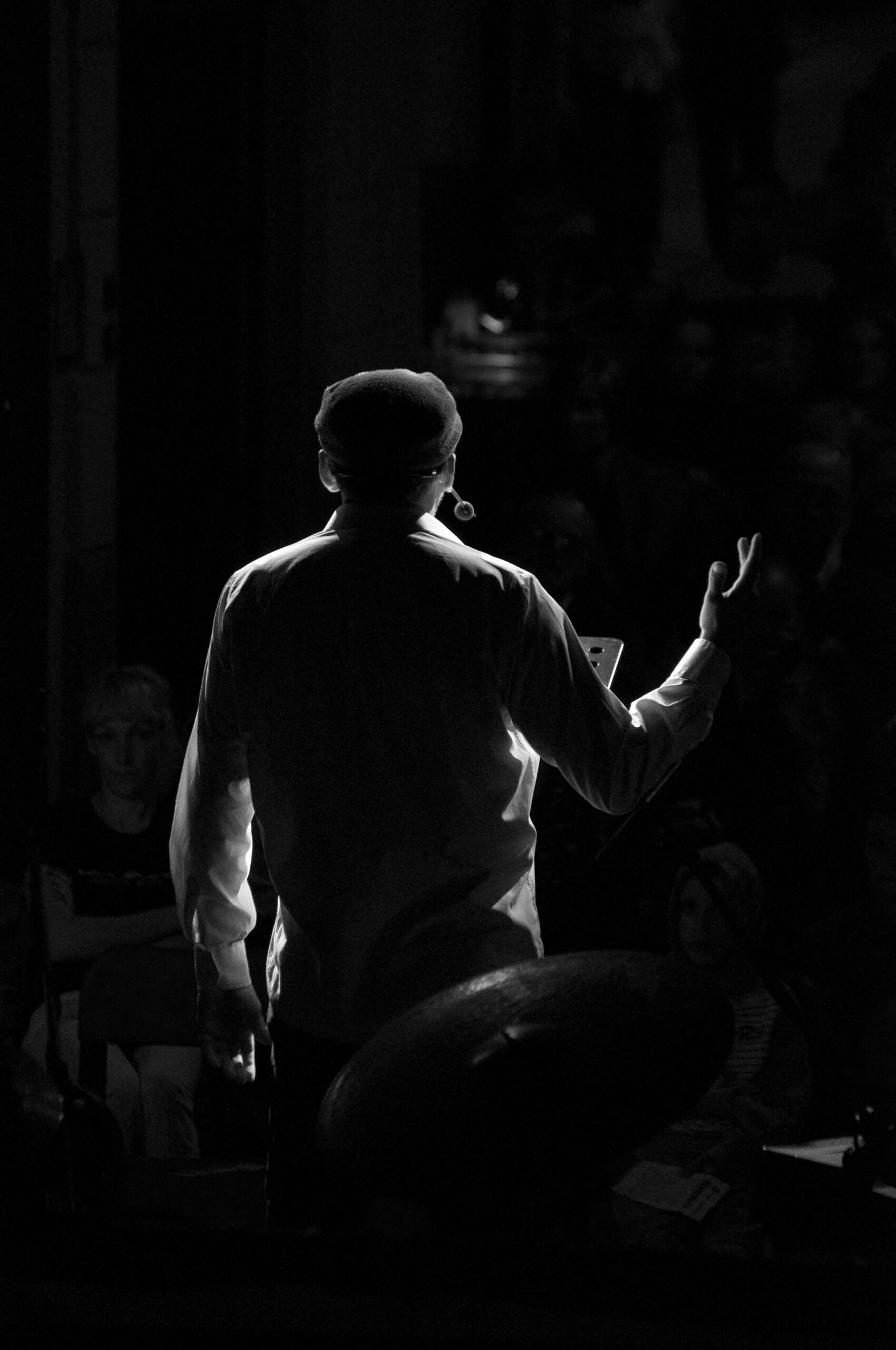
Why Body Language is So Important?
Body language is a powerful tool of communication in any situation. Whether you’re on a job interview, trying to make a good impression in your daily life, or just having a conversation, understanding the significance and importance of non-verbal communication can be incredibly beneficial, attractive and influencing.
Understand the Connection Between Body Language and Communication
Understanding the connection between body language and effective communication is a key step in becoming a better communicator.

To be successful in any situation, it’s important to be aware of the signals your body is sending out and how they might impact your message.
For example, crossing your arms or maintaining eye contact can send different messages than leaning forward or looking away while speaking. Developing an understanding of what each of these signals means and how they affect conversations can help you project the right image and get your message across effectively.
Avoiding Misinterpretations when Communicating with Others
When you are communicating with others, it is important to be mindful of nonverbal cues to ensure that your message is clearly understood. Pay attention to gestures and facial expressions, watch for body language that conveys disagreement or confusion, and use a gentle tone of voice when discussing sensitive topics. Doing so can help you avoid misinterpretations and misunderstandings due to misreading one’s nonverbal cues.
Body language should not be overlooked or underestimated. It conveys subtle messages in the form of gestures, facial expressions, posture and even tone of voice. Being conscious of your own body language as well as that of others can help make sure everyone feels heard and respected. It can also make a conversation more productive by communicating agreement or understanding in addition to the spoken word or letting another person know when their comment has been noted but may require more explanation for full comprehension. In addition, being sensitive to unconscious gestures such as crossed arms or shuffling feet could indicate discomfort with a topic being discussed. By being attentive to these nonverbal cues, you can ensure your message is clearly understood and avoid conflicts caused by miscommunication.
Knowing the Different Types of Nonverbal Cues
Nonverbal communication consists of many different types of cues, such as eye contact, facial expressions, body posture and gestures. Specific nonverbal cues have different meanings in different cultures and contexts. In the United States, smiling is seen as a sign of agreement or approval, but in some Asian countries it may indicate confusion. It is important to be aware of cultural differences when reading nonverbal cues.
Benefits of Reading Nonverbal Signals
Nonverbal communication can be beneficial in many ways. It allows you to read the emotions, attitudes and intentions of another person without them having to actually tell you what those feelings are. You can also better understand how someone is feeling by their tone of voice, and facial expression. By reading nonverbal signals correctly, you can also begin to develop better relationships as understanding these subtle cues helps build trust, mutual respect and empathy.
Practicing Practical Strategies to Improve Your Nonverbal Communication Skills
Practicing practical strategies can help you become more aware of your own nonverbal communication as well as that of others. When you are in conversations, pay attention to your facial expressions and other body language – try practicing mindful awareness of how different gestures and postures change the way things are being interpreted. Make an effort to use a gentle tone or pitch when discussing sensitive topics, and avoid crossing your arms or legs until the conversation is over – this helps to create an open and accepting atmosphere for both sides.
Read More
Everything You Need to Know About Clipper Guards: How Do They Work and How To Maintain Them Properly
Clipper guards work by attaching to the blade of a hair clipper, acting as a barrier that controls the distance between the clipper blades and the scalp. This distance determines the length of the hair that gets cut, ensuring that…
How To Clean Clipper Blades in Only 3 Steps (Guide For Barbers and DIY Guys)
Keeping your clipper blades clean is not just a matter of hygiene; it’s essential for ensuring smooth, precise cuts and extending the life of your tools. Whether you’re a professional barber who relies on clippers day in and day out,…
Rodd & Gunn Australia: Balancing Tradition and Contemporary Fashion
Rodd & Gunn is more than just clothing. It’s a narrative. A tapestry of heritage woven into every fabric. A living canvas where the handiwork of the past seamlessly blends with the bright colours of the present. Imagine a brand…
The Practical Cowboy Hat: Functionality Meets Fashion
Cowboy hats offer a unique combination of functionality and timeless fashion. These headwear pieces have been around for centuries, evolving from practical items worn by hardy ranchers to fashionable accessories embraced by fashion aficionados worldwide. Join us on a journey…
Buzz Cut vs Crew Cut: How to Choose One?
Buzz Cut or Crew Cut? Both hairstyles are very similar, but there are many differences that most people don’t know. In fact, even some of the barbers don’t know the REAL difference, and they just cut your head into the…





